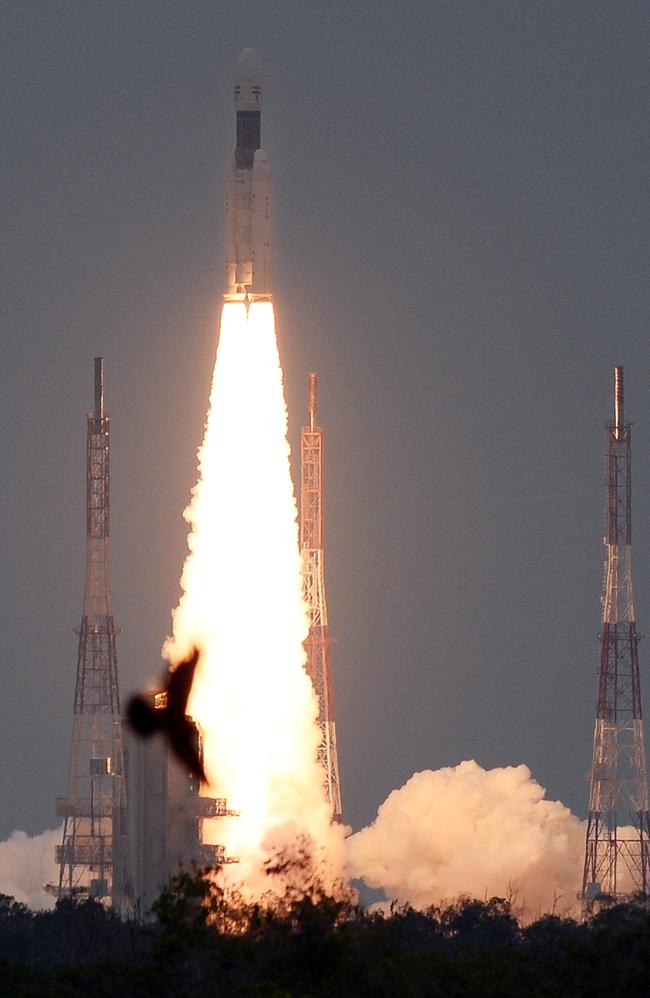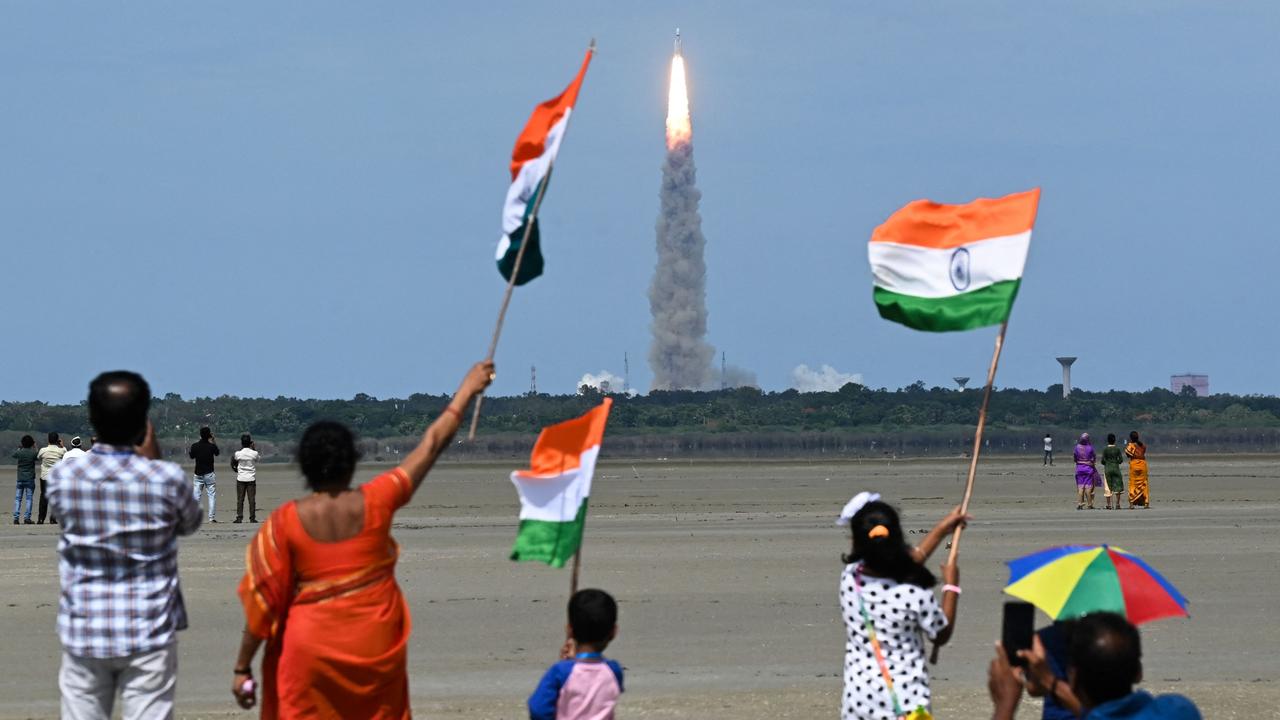‘UFO’ seen in Australian skies explained
Aussies in multiple states on Friday night reporting seeing some kind of UFO flash across the skies. This is what they actually saw.
A mysterious flash of bright light in skies above Australia on Friday night had some curious onlookers thinking they’d seen a UFO.
The bright light was spotted by people in NSW, Queensland and the Northern Territory and was reportedly visible for up to 10 minutes as it blazed across the night sky.
Photos and footage of the phenomenon soon flooded social media, along with theories to explain it — such as that it was a comet, or even proof of extraterrestrial activity.
“UFO sighting … we think?” someone posted on TikTok after the light was seen about 7.25pm AEST on Friday.
“I (saw) this in Western Sydney, near Penrith, and watched it for about (five to 10 minutes) trying to figure out what the heck it was,” someone else said.
Another witness spotted it between Nyngan and Brewarrina in outback NSW: “It was moving quite fast and was bright. Three to four minutes heading south then veered east and disappeared slowly.”

Looked up at the sky and spotted a comet.â˜„ï¸ Now that was fun! pic.twitter.com/aE7Qfq7T9F
— Liz Schmitt (@MsLizSchmitt) July 14, 2023
Hello, from Australia! Looks like a successful launch of India’s Chandrayaan-3 lander mission, seen here from QLD (just some pics we managed to catch of the 3rd stage passivation), as it continues its journey to the Moon ðŸŒ
— Gilmour Space (@GilmourSpace) July 14, 2023
Congrats to @isro! 🇮🇳 pic.twitter.com/szZY9n4j85
It turned out the mysterious object a rocket launched by India in its second attempt to land an unmanned spacecraft on the moon.
The heavyweight LVM3-M4 rocket lifted off from Sriharikota in the southern state of Andhra Pradesh carrying the Chandrayaan-3 spacecraft shortly before it was seen in Australia.
“Chandrayaan-3... has begun its journey to the Moon. Health of the spacecraft is normal,” the Indian Space Research Organisation (ISRO) said on Twitter.
The world’s most populous nation has a comparatively low-budget aerospace programme that is rapidly closing in on the milestones set by global space powers.

Only Russia, the United States and China have previously achieved a controlled landing on the lunar surface.
India’s last attempt to do so ended in failure four years ago, when ground control lost contact moments before landing.
“Chandrayaan-3 scripts a new chapter in India’s space odyssey,” Prime Minister Narendra Modi tweeted from France, where he was the guest of honour at the Bastille Day parade in Paris.
“It soars high, elevating the dreams and ambitions of every Indian.”
If the rest of the current mission goes to plan, the Chandrayaan-3, which means “Mooncraft” in Sanskrit, will safely touch down near the moon’s little-explored south pole between August 23 and 24.

Developed by ISRO, Chandrayaan-3 includes a lander module named Vikram, which means “valour” in Sanskrit, and a rover named Pragyan, the Sanskrit word for wisdom.
The mission comes with a price tag of $74.6 million — far smaller than those of other countries’, and a testament to India’s frugal space engineering.
Experts say India can keep costs low by copying and adapting existing space technology, and thanks to an abundance of highly skilled engineers who earn a fraction of their foreign counterparts’ wages.
The Chandrayaan-3 spacecraft will take much longer to reach the Moon than the manned Apollo missions of the 1960s and 1970s, which arrived in a matter of days.
The Indian rocket used is much less powerful than the United States’ Saturn V and instead the probe will orbit the earth five or six times elliptically to gain speed, before being sent on a month-long lunar trajectory.

If the landing is successful the rover will roll off Vikram and explore the nearby lunar area, gathering images to be sent back to Earth for analysis.
The rover has a mission life of one lunar day or 14 Earth days. “It is indeed a moment of glory for India. Thank you team ISRO for making India proud,” Jitendra Singh, the junior minister for science and technology, told reporters after the launch.
ISRO chief S. Somanath has said his engineers carefully studied data from the last failed mission and tried their best to fix the glitches.
India’s space programme has grown considerably in size and momentum since it first sent a probe to orbit the moon in 2008.
More Coverage
In 2014, it became the first Asian nation to put a satellite into orbit around Mars, and three years later, the ISRO launched 104 satellites in a single mission.
The ISRO’s Gaganyaan (“Skycraft”) programme is slated to launch a three-day manned mission into Earth’s orbit by next year.
India is also working to boost its two per cent share of the global commercial space market by sending private payloads into orbit for a fraction of the cost of competitors.





